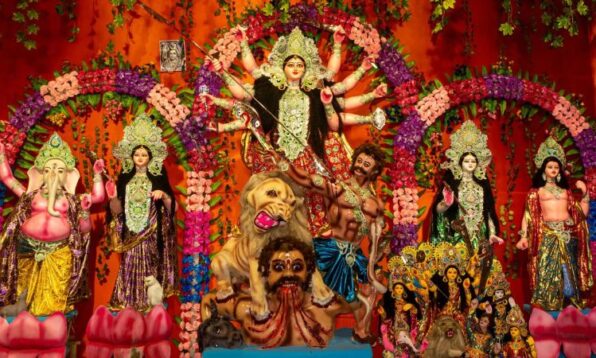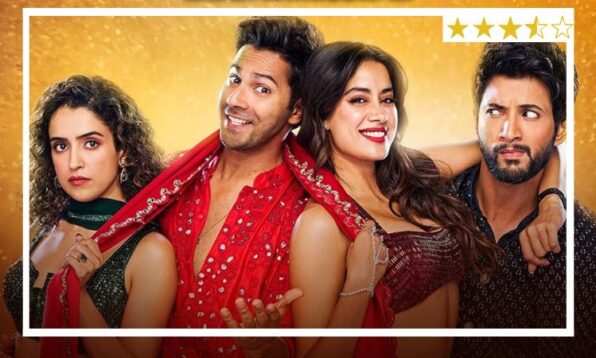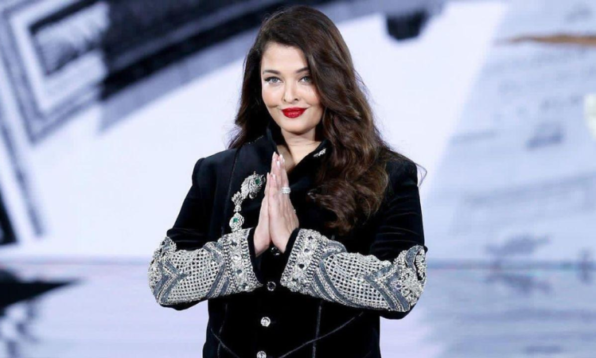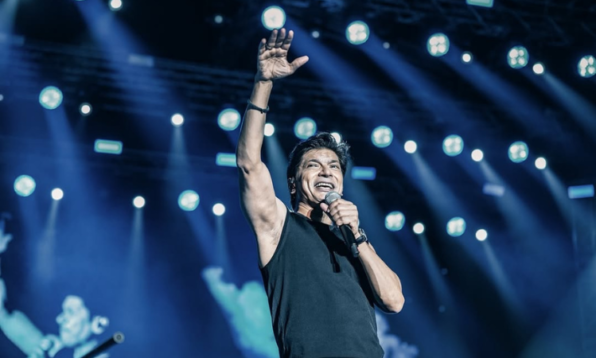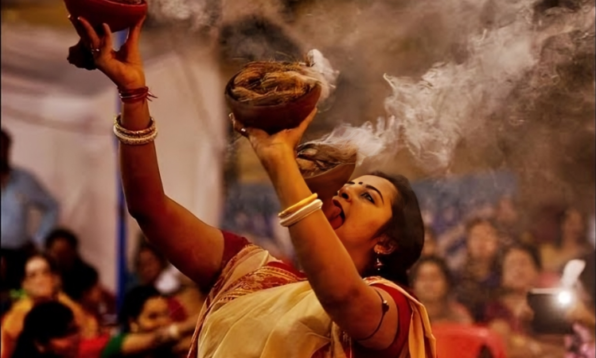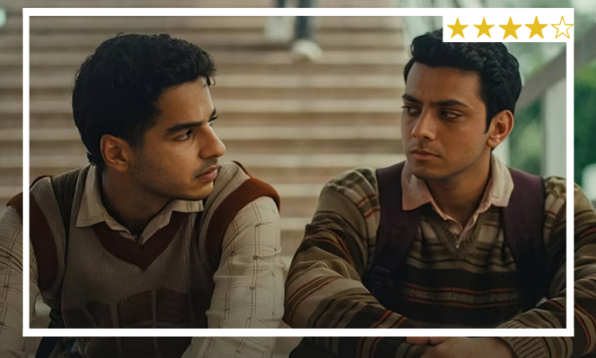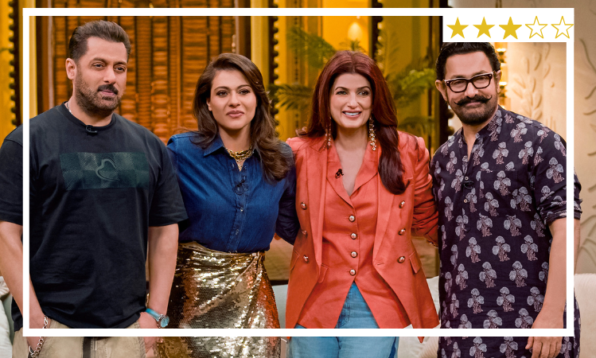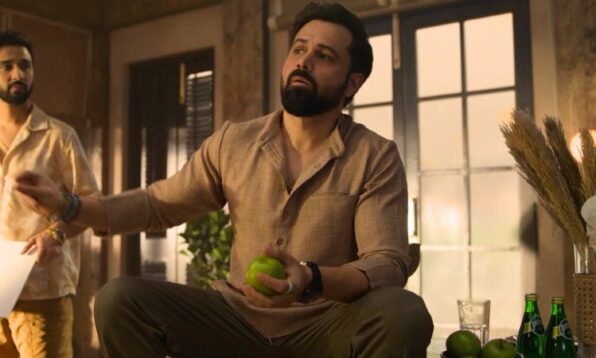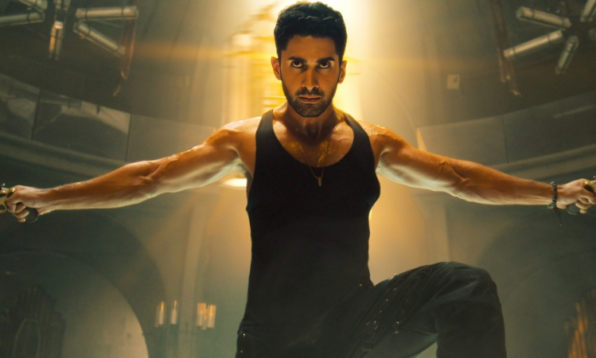The festive season is here, and with it comes the vibrant celebrations of Navratri and Durga Puja. Colourful decorations, music, dance, and joyous gatherings fill the air, but are Navratri and Durga Puja different? While both honour Goddess Durga, each festival has its own unique rituals, traditions, and regional flavours. So, here’s what differentiates Durga Puja from Navratri.
Related: 8 Dandiya Nights In Delhi NCR To Cure Your Navratri Fever
Difference between Durga Puja and Navratri
Navratri and Durga Puja are two separate festivals that overlap with each other. One of the primary differences is that Navratri is a nine-day festival while Durga Puja is a five-day festival. Durga Puja begins on the sixth day (Shashti) of Navratri and ends on the tenth day (Dussehra).
Moreover, eastern states like West Bengal celebrate Durga Puja while the north and west of India celebrate Navratri. Though both the festivals are dedicated to Goddess Durga, the celebrations are different.
During Navratri, people visit temples, offer prasad, and fast to honour Goddess Durga. People also play the popular Gujarati dances dandiya and garba to please the Goddess and get her blessings.
Durga Puja, on the other hand, marks the return of a daughter to her maternal home. People of West Bengal consider Goddess Durga as their daughter, who is married to Lord Shiva and lives on Mount Kailash. So, it is a festival to celebrate the annual visit of their daughter to her maternal home.

Navratri translates to nine nights, and during this time, nine avatars of Goddess Durga are worshipped. But as the name suggests, Durga Puja means worshipping Maa Durga in her entirety without separating all her avatars. She’s worshipped, along with her children, Kartikeya and Ganesha, and fellow goddesses Saraswati and Lakshmi.
Navratri begins with the worship of the first avatar of the goddess, known as Shailputri, whereas Durga Puja starts with Mahalaya, the beginning of the battle between the demon, Mahishasura, and Goddess Durga.
The different rituals
People who observe Navratri abstain from consuming non-vegetarian foods as well as onion and garlic during these nine days. However, Bengalis relish non-vegetarian food especially on the last day of the Puja. They believe that Goddess Durga’s arrival at her maternal home is a time of joy and celebration, and eating meat is a part of it. However, some Bengalis refrain from eating non-veg food on all days except the last day, but this is not a common practice.

Navratri in North India ends with Dussehra to mark the day Lord Rama defeated Ravana. On Dussehra, effigies of Ravana are burnt and Ramlila is performed. Durga Puja, on the other hand, ends with Vijayadashmi to mark the goddess’ victory over Mahishasura. On the last day of Durga Puja, women participate in Sindoor Khela, a vermilion game where married women put sindoor on one another. This day also marks the return of Goddess Durga from her maternal home to her marital home on Mount Kailash. The festival ends with Ghat Visarjan, where people immerse the goddess’ idols in local water bodies to say goodbye to their beloved daughter.
Featured Image Source
Related: 7 Best Ramlila Pandals In Delhi To Bookmark For This Dussehra

 Web Stories
Web Stories
